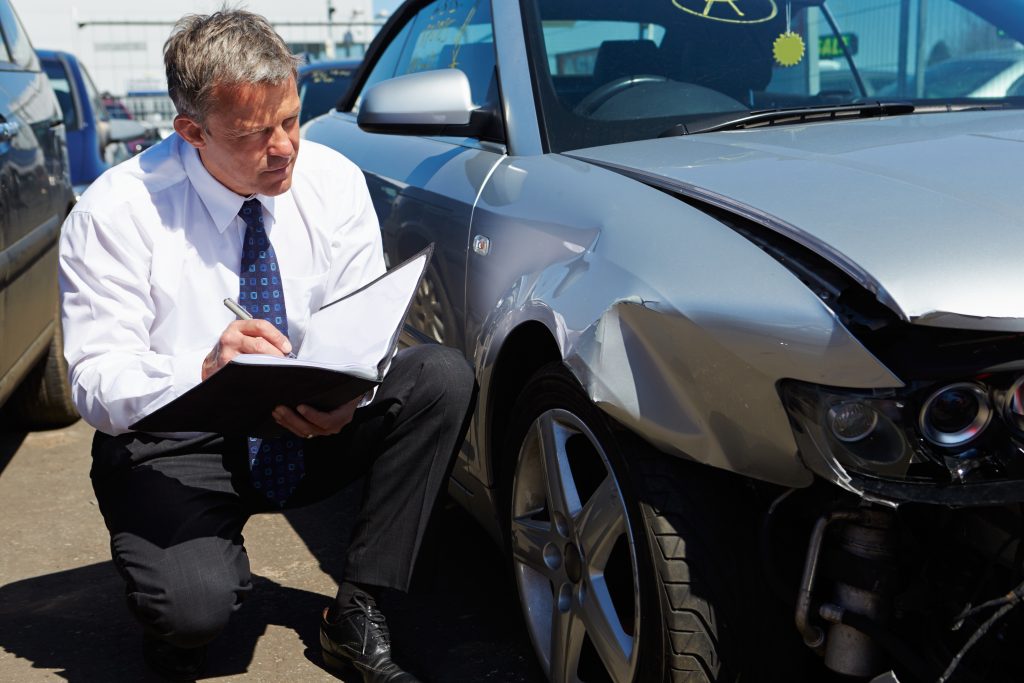If you get into an automobile accident in a vehicle that you lease and do not own, you may not understand who is responsible for paying for vehicle repairs or how it might affect your leasing agreement. While every individual case is unique, many of these collisions involve Guaranteed Asset Protection (GAP) insurance.

Insurance Requirements for Leased Cars in California
Every driver in California is required to carry a minimum of $15,000 per person and $30,000 per accident in bodily injury liability insurance, as well as $5,000 in property damage insurance. If you drive a leased vehicle, the leasing company will most likely require you to carry additional forms of insurance, as well, such as collision coverage, comprehensive coverage, and GAP insurance.
What Is GAP Insurance?
Guaranteed Asset Protection insurance offers coverage that can help bridge the gap between how much money remains on your leasing agreement and how much a car insurance company gives you for property damage as part of an accident claim. There is typically a gap or difference in these amounts due to the fact that a vehicle immediately loses value when it is driven off the lot.
During a car accident insurance claim involving a totaled car, or one that is a total loss based on the cost of repairs, an insurer will pay for the actual pre-crash value of the vehicle. In many cases, the actual cash value of a leased vehicle is less than the original leasing price of the car. This means even if your insurance claim is successful, the insurer may not pay you enough to cover the amount remaining on your lease agreement.
GAP insurance, while not always required by a vehicle leasing company, can offer important financial protection in the event of an accident. It can help cover the difference between the actual cash value of the vehicle and your loan or lease’s outstanding balance. Without GAP insurance, you will be responsible for paying your service provider for this difference out of pocket.
Who Pays if I Total a Leased Car in California?
California is a fault state. This means the person or party at fault for causing a crash involving a leased car will be held responsible for paying for the victim’s property repairs. If another driver is at fault, you can use his or her car insurance to seek compensation for the actual cash value of the leased vehicle. However, you may need to rely on your own insurance or GAP coverage to make up the difference in value.
What to Do After You Total a Leased Car in California
If you get into a serious car accident in a leased vehicle in California, report it to the authorities right away. Call 911 from the scene of the crash to request a police officer. The officer will create a police report that can be used as evidence during your insurance claim. Exchange information with the other driver and take photographs of the crash scene before you leave.
After seeking medical care for your injuries, notify your leasing company about the accident. Answer any questions they may ask about the condition of the car. The company may request to have the vehicle taken to a specific location for a physical evaluation or send a tow truck to collect the car for you. Report the car accident to your car insurance company, as well.
Do not admit fault for the accident. When an insurance company claims adjuster contacts you, do not give him or her a recorded statement. Even if the claims adjuster works for your own car insurance company, he or she does not have your best interests in mind.
Before accepting a financial settlement for a totaled leased vehicle, consult with a Los Angeles accident attorney to understand your legal rights and options. You may need a lawyer’s assistance to collect fair compensation for this type of crash.